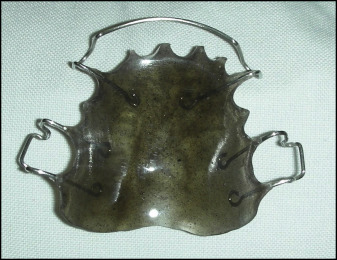We read with interest the article entitled “ Streptococcus mutans counts in patients wearing removable retainers with silver nanoparticles vs those wearing conventional retainers: A randomized clinical trial” in the February issue of the Journal . Since we are also working in this area, we had a few questions and would like some explanations, if possible.
Regarding the synthesis of silver nanoparticles:
- •
Silver nanoparticles can be synthesized by chemical, physical, and biological methods, and cytotoxicity varies accordingly. How did the authors synthesize their silver nanoparticles?
- •
Was the antimicrobial resin synthesized in bulk to standardize the amounts of silver nanoparticles in retainers delivered to patients? The cytotoxcity of stored silver nanoparticles is greater as compared with freshly prepared silver nanoparticles.
- •
What was the ratio of polymer to silver nanoparticles? Was the minimum inhibitory concentration (that is, the concentration at which at least 50% of the bacteria are killed) calculated?
Regarding the antibacterial properties:
- •
Which species of S mutans was present in McFarland suspensions? The antibacterial effect can vary according to the species (eg, ATCC 25175).
Regarding the intervention:
- •
After appliance delivery, were the patients given any oral hygiene instructions or directed to use any mouthwashes? Coexposure of silver nanoparticles and sodium fluoride also affects the cytotoxicity.
Regarding patient-related outcomes:
- •
The authors claimed that the color of the final appliance, which could be gray to black depending on the concentration of the silver nanoparticles (shown in the Fig ), was acceptable to patients. Could colorless silver nanoparticles have been used instead?





